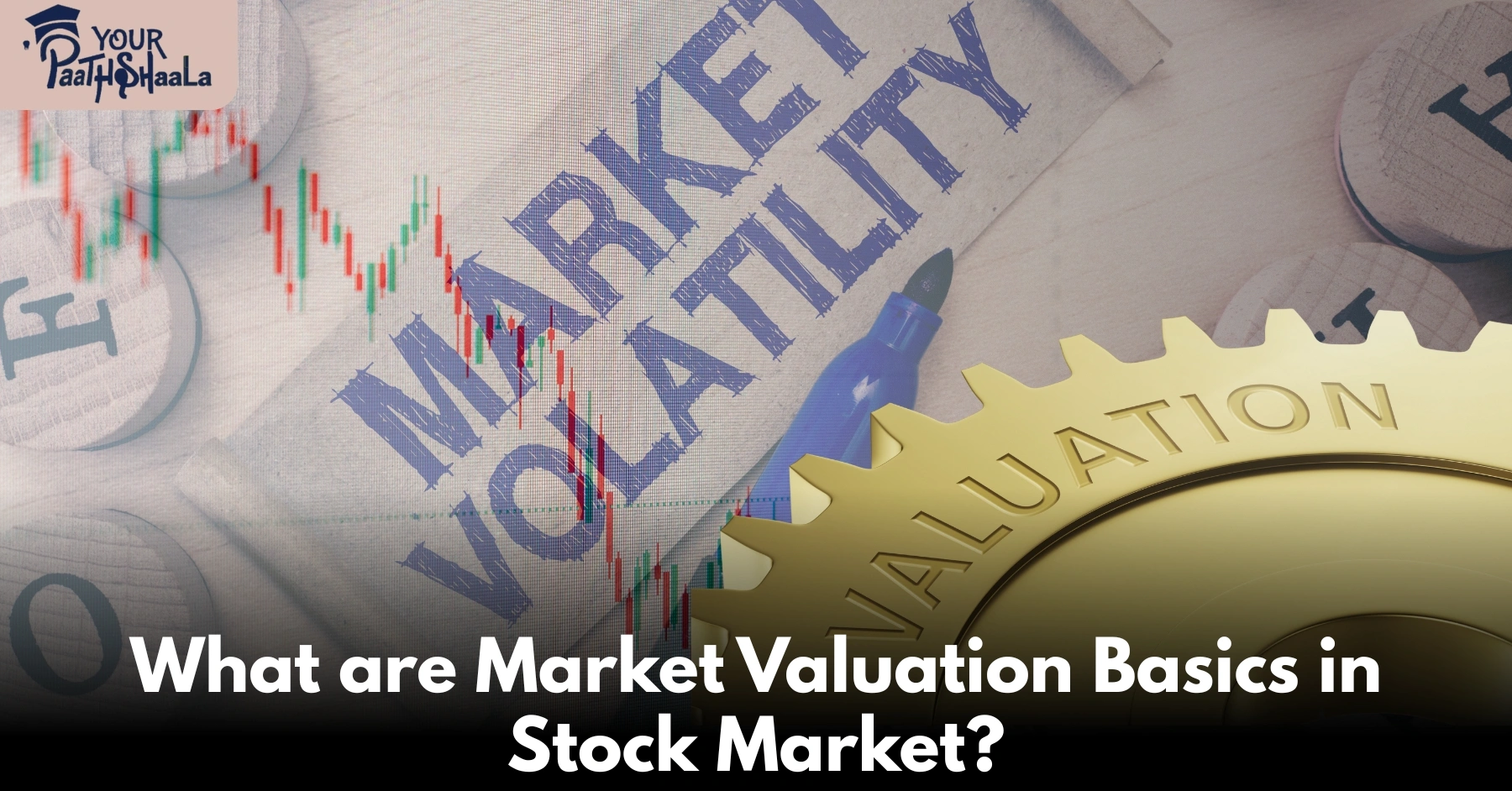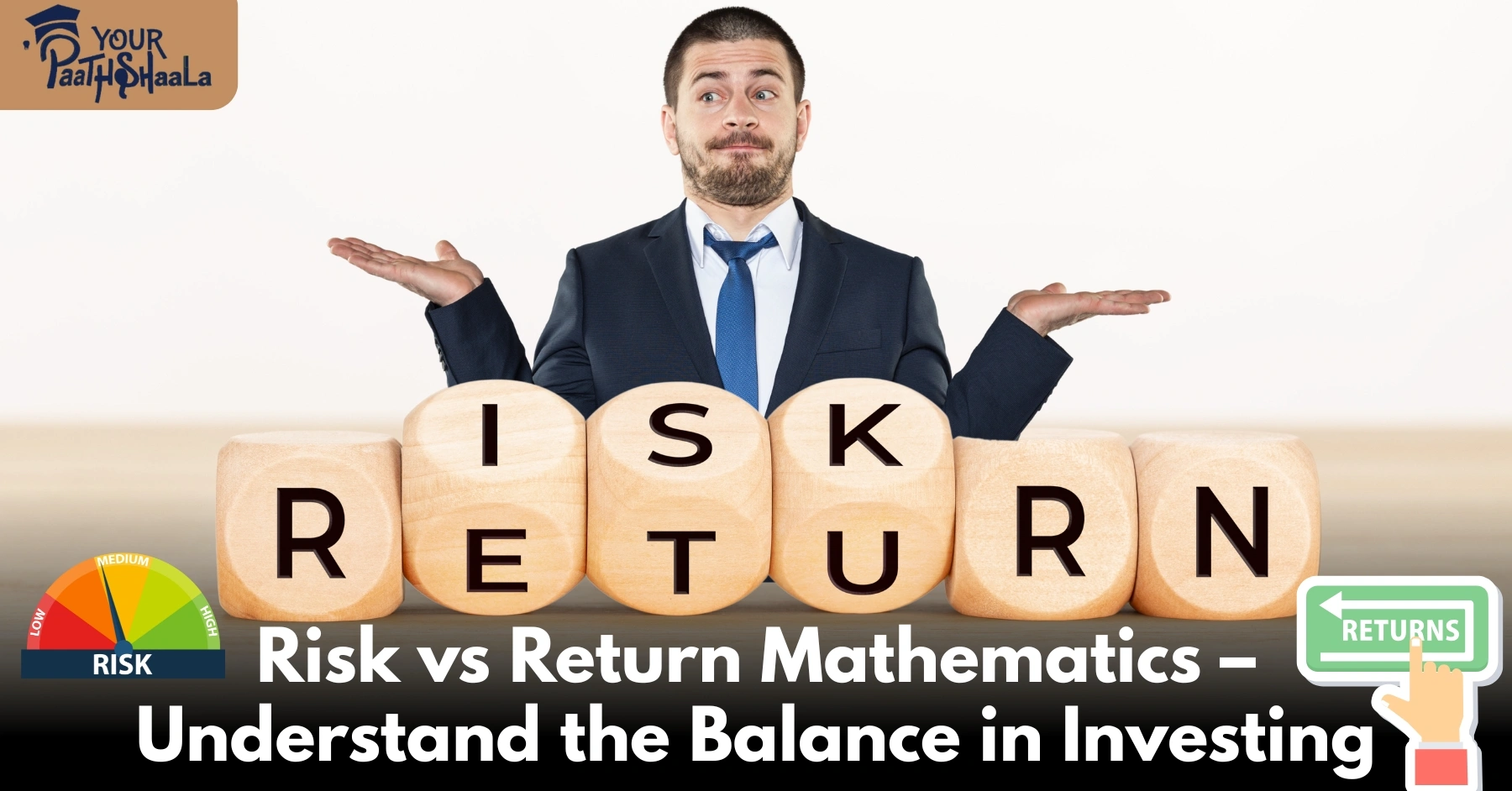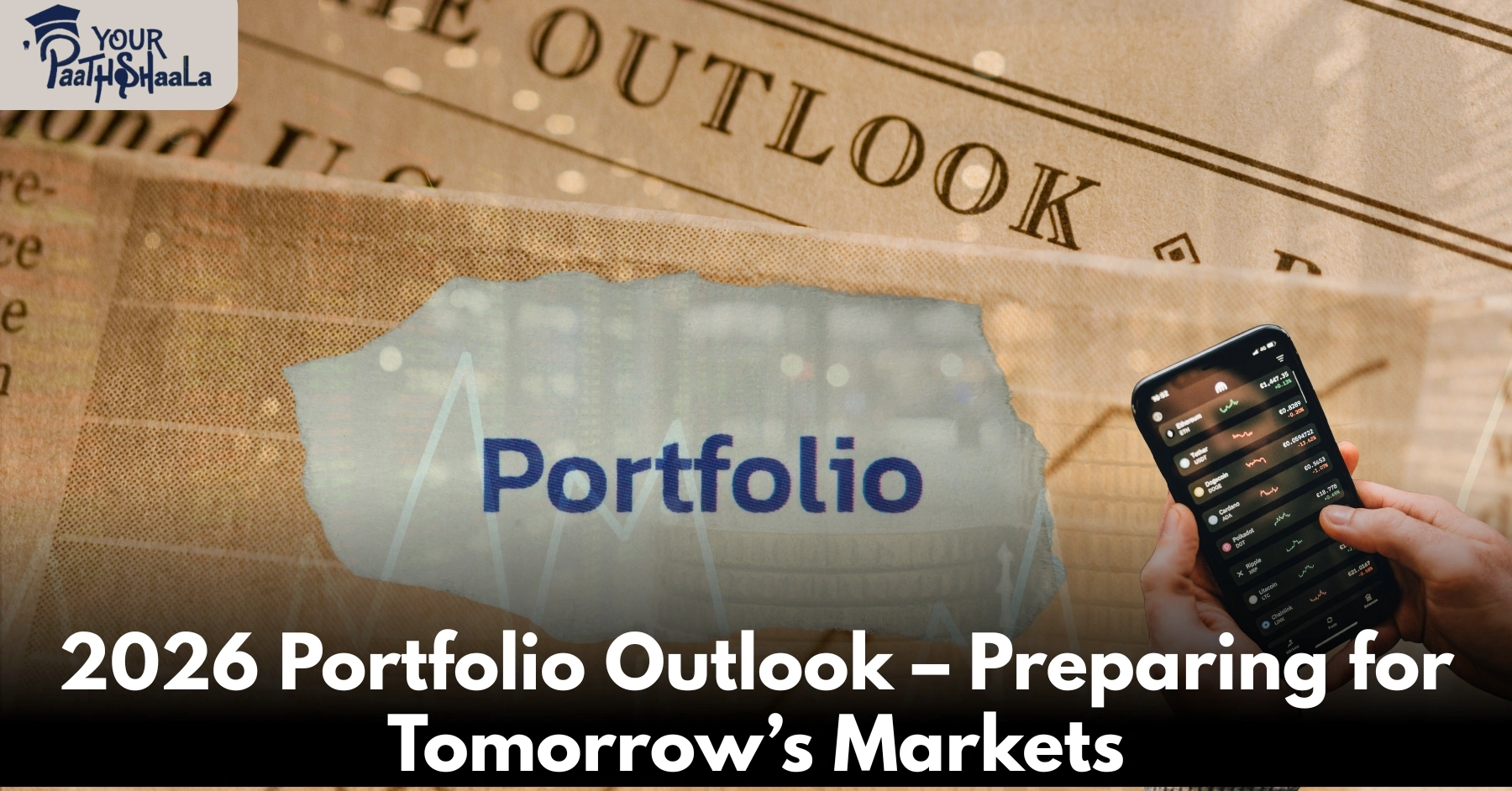Systematic Integration Framework – Bringing Modern Investment Trends Together
In today’s rapidly evolving financial world, investors face a unique challenge: too much information, too many trends, and too many moving parts. From artificial intelligence and climate risk to behavioral finance and macroeconomic shifts, markets are no longer shaped by a single force. Instead, they are shaped by the interaction of multiple forces happening all at once.
This is where a Systematic Integration Framework comes into play. It’s not about chasing one shiny trend or focusing on a single sector—it’s about bringing all these modern investment forces together into one cohesive, adaptive strategy. By connecting the dots between technology, sustainability, behavioral insights, and economic signals, investors can build portfolios that are not only resilient but also future-ready.
Why Integration Matters in Today’s Market
Think about it—if you only focused on AI, you might miss the massive influence of climate regulations shaping energy markets. If you only studied macroeconomic cycles, you might overlook how human behavior (like panic-selling or meme stock mania) distorts prices in the short term. And if you ignored technological transitions, you’d miss opportunities in industries being redefined by automation, blockchain, and advanced analytics.
The truth is, modern markets demand a holistic lens. Investors need to see how these forces overlap and amplify each other, rather than viewing them in isolation. That’s what systematic integration achieves—it turns complexity into clarity.
Key Elements of a Systematic Integration Framework
1. Technology Adoption
Artificial intelligence, blockchain, quantum computing, and automation are rewriting the rules of finance. A systematic approach ensures these innovations are not treated as “add-ons” but as core components of investment analysis.
2. Sustainability & Climate Factors
Climate change is no longer a distant concern—it’s a financial reality. Regulations, renewable energy transitions, and carbon-neutral policies directly influence corporate valuations. Integrating ESG (Environmental, Social, Governance) metrics into decision-making helps investors align with both returns and responsibility.
3. Behavioral Insights
Markets aren’t just logical systems—they’re human systems. Behavioral finance shows us that fear, greed, and herd mentality often drive short-term volatility. A systematic framework accounts for these psychological elements, reducing emotional decision-making and promoting discipline.
4. Macroeconomic Trends
Interest rates, inflation, global supply chains, and currency fluctuations still matter. But when studied alongside technological and behavioral drivers, these trends provide a richer, more comprehensive view of risk and opportunity.
5. Performance Measurement Systems
Integration isn’t useful without measurement. By tracking performance across multiple dimensions (not just returns, but also risk exposure, ESG compliance, and technological adoption), investors can continuously refine their strategies.
The Benefits of an Integrated Approach
✅ Resilience: Portfolios are less likely to be blindsided by sudden shifts in one domain.
✅ Clarity: Complex signals from different markets become part of one bigger picture.
✅ Opportunity: Investors can capture growth at intersections—where technology meets sustainability, or where behavior intersects with economics.
✅ Future-readiness: Instead of reacting, investors anticipate and adapt to change.
Turning Complexity into Strategy
Here’s the challenge: most investors know that all these forces exist, but they struggle to combine them into actionable strategies. A systematic integration framework does exactly that. It gives structure to the chaos, prioritizing what matters most and guiding investors on how to put theory into practice.
For example, instead of simply investing in “AI stocks,” an integrated approach would ask:
How will AI adoption influence energy demand?
How might governments regulate its ethical use?
How does investor sentiment around AI compare to its actual earnings potential?
This layered perspective helps investors avoid hype-driven traps while uncovering deeper, long-term opportunities.
How We Simplify This at YourPaathshaala
At YourPaathshaala, we take these big-picture ideas and break them down into clear, practical lessons. Our goal is to help you understand not just what the trends are, but how to combine them into actionable strategies.
You don’t need to be an economist, a data scientist, or a behavioral psychologist to apply this framework—we make it simple, structured, and directly connected to real-world investing.
And if you ever feel stuck, our free demo classes are the perfect way to ask questions, clear doubts, and see systematic integration in action.
Visit YourPaathshaala
Near Anjali Children Hospital, Tagore Nagar, Mathpurena, Raipur
PIN Code: 492001, Chhattisgarh Click the Call Now to start learning how financial systems really work! To check out the full article click here!














Add a Comment